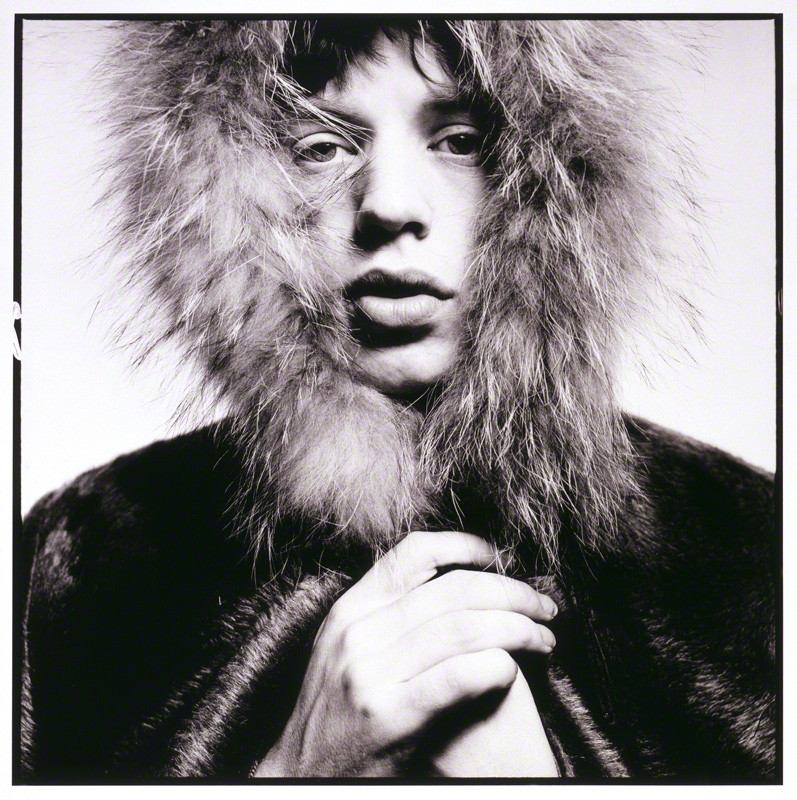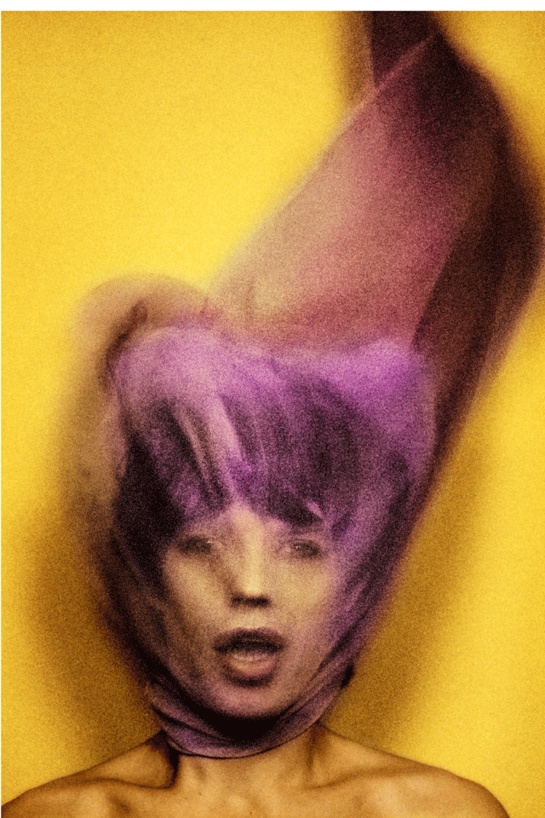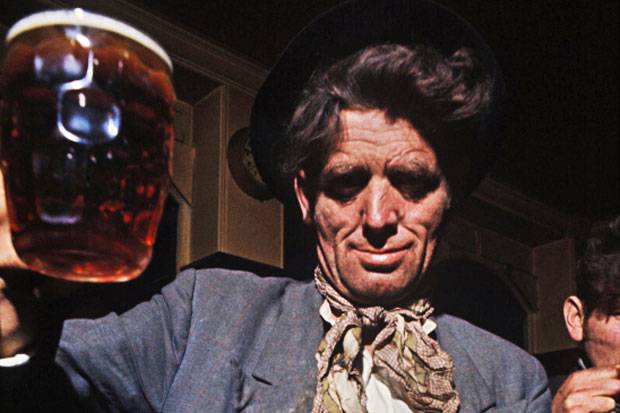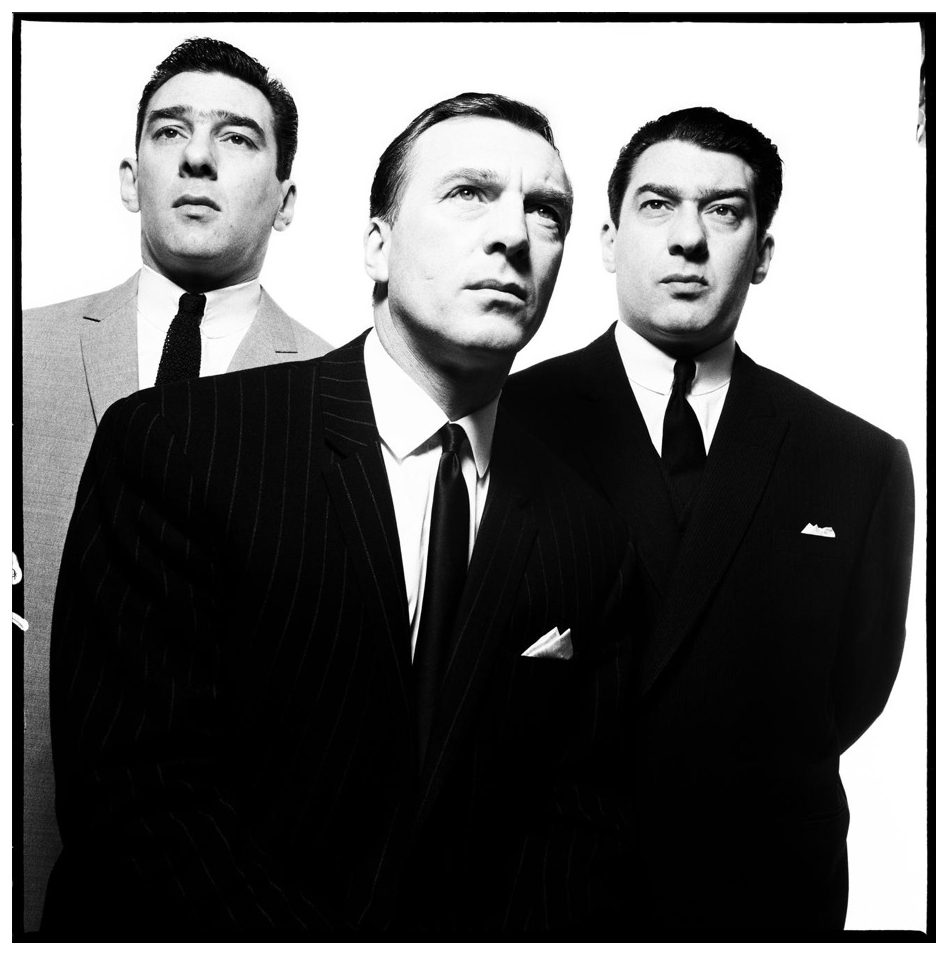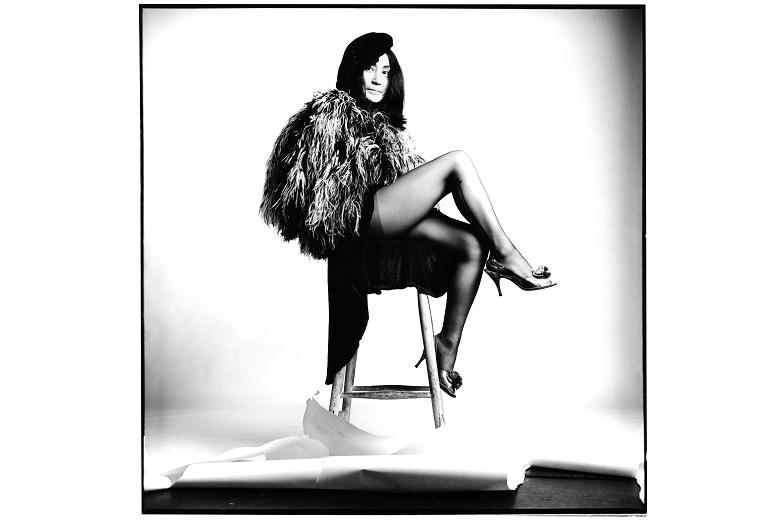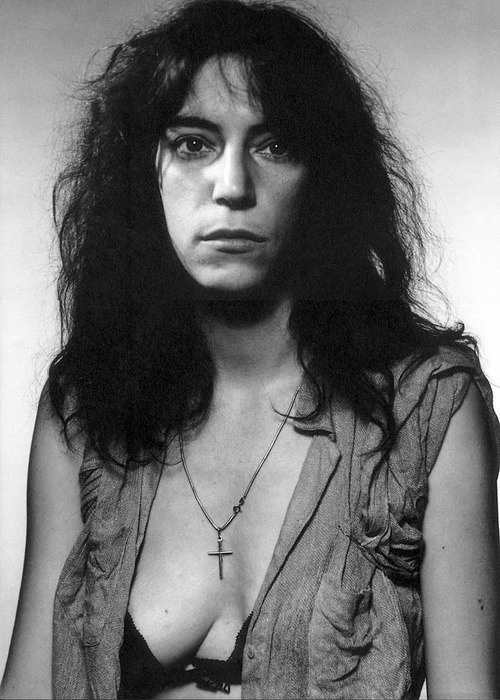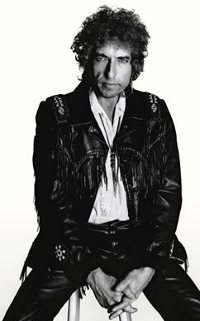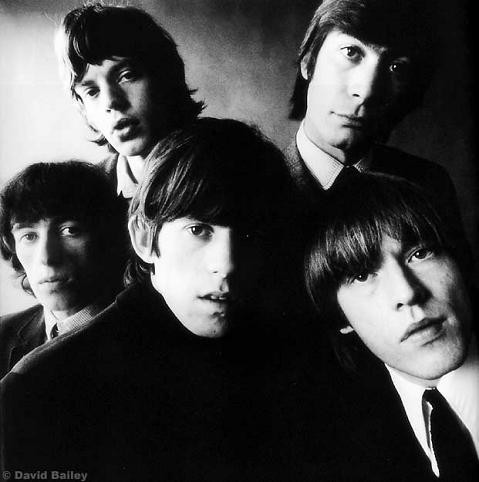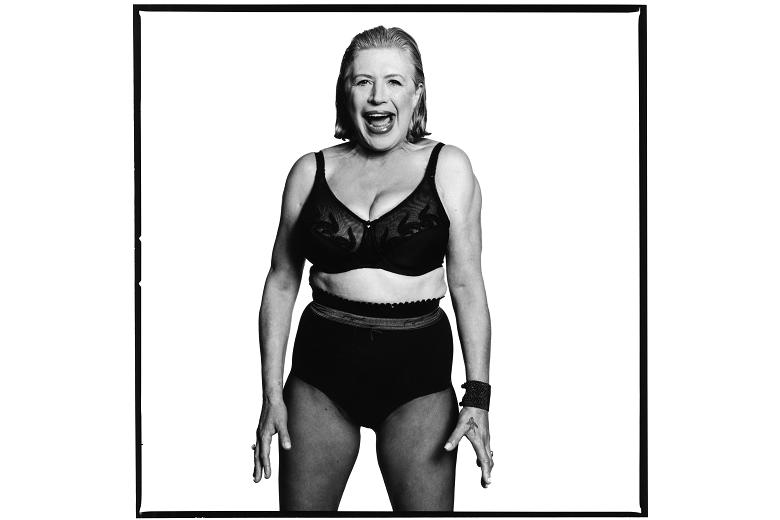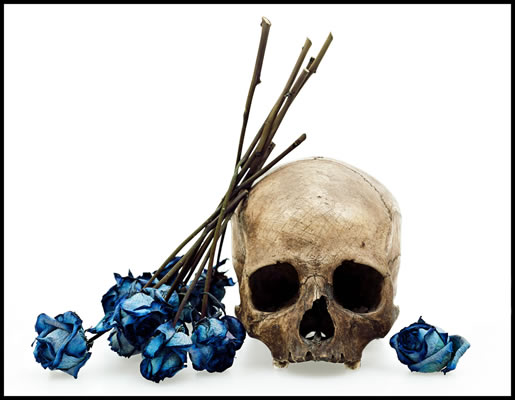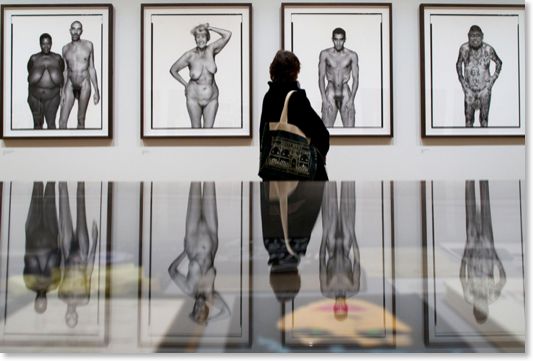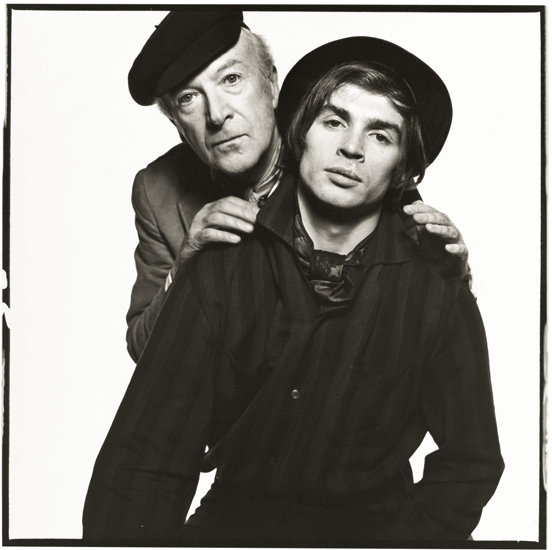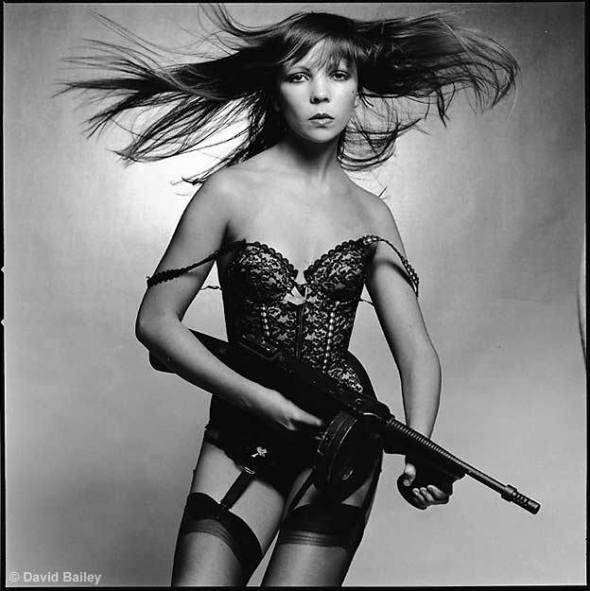The photographer Edward Wallowitch was a native of industrial South Philadelphia, growing up in a family with more than its fair share of creative talent. Both sides of the family hailed from late nineteenth century Lithuanian immigrants. The Wallowitch parents ran a delicatessen in the shadow of the Atlantic Oil Refining Co., later to become Sonoco.
Three of the children gravitated to New York City in the mid-1950s where they quickly became part of Greenwich Village bohemia. Edward’s brother John Wallowitch studied music at Juilliard and became a celebrated songwriter and cabaret performer. His first album This is John Wallowitch!!! (1964) featured cover art by Andy Warhol – who trained as a commercial artist. Although not credited, the photos on which the cover art is based are likely to be by Edward Wallowitch.
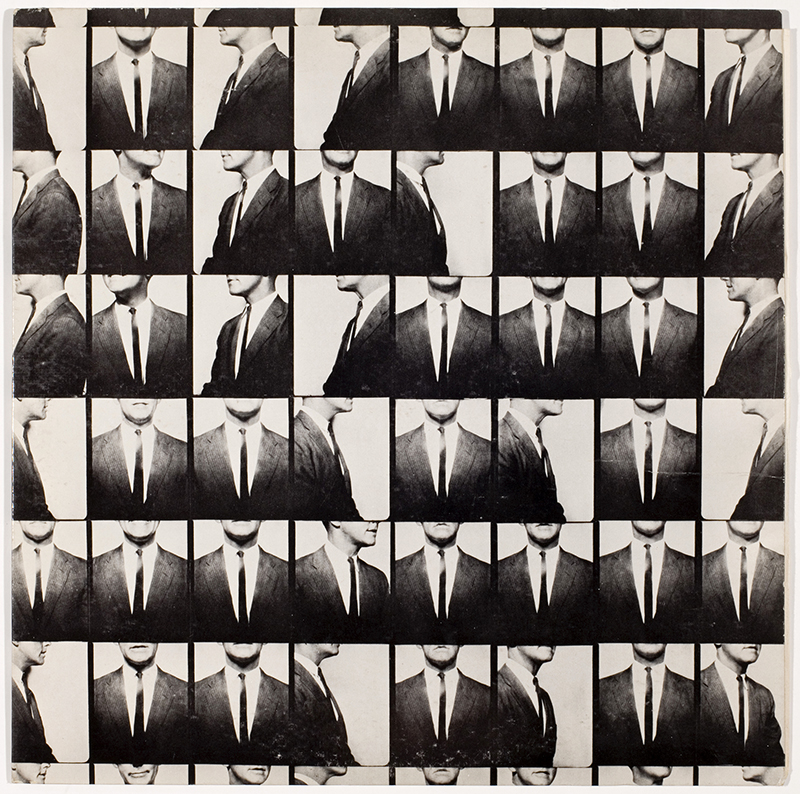
This is John Wallowitch!!! (1964), with cover art by Andy Warhol
John Wallowitch performed ‘Hillary, Oy Hillary’ in support of Hillary Clinton’s bid for the US Senate. With his life-long partner, Bertram Ross, Wallowitch was a staple of the American entertainment industry on television and stage. The New York Times in its obituary described him as “the dandified embodiment of a traditional piano man and [he] seemed to know every obscure show tune ever written.” Anna Mae Wallowitch, the only girl in this family of four children, posed for Warhol and acted for a time as his agent.
Edward Wallowitch pursued his talent for photography early. He began taking photos when he was eleven and at seventeen was the youngest photographer ever to have three prints in the Museum of Modern Art in New York. Two of them were taken with a Brownie box reflex while he was still at high school in Philadelphia.
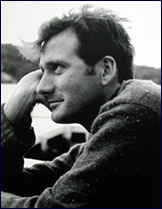
Edward Wallowitch, self-portrait, 1960s
In the mid-fifties Edward too made his way to New York City. Robert Heide describes the seminal scene:
Edward was then living in Greenwich Village with his brother John at 8 Barrow Street in a Bohemian style floor-thru basement apartment that became a kind of salon for artists, writers, musicians, actors and singers. John composed and played his own songs and became a well-known cabaret performer himself. One night, when I was invited to a makeshift potluck dinner, Eartha Kitt and Alice Ghostly performed songs with John pounding the ivories. Others who showed up at the Wallowitch salon at which Andy and myself became regulars were actors Colleen Dewhurst, George C. Scott, George Segal and a coterie of cabaret chanteuse-style singers, including Lovelady Powell, Joanne Berretta, and Jo Ann Worley, who performed at Jan Wallman’s ‘Upstairs at the Duplex’ when it was on Grove Street.
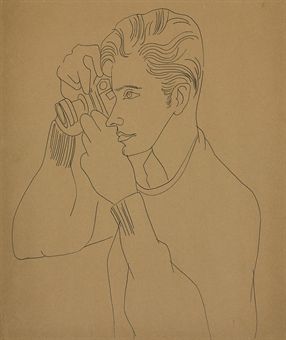
Portrait of Edward Wallowitch by Andy Warhol, circa 1961
Warhol and Wallowitch were lovers for a time in the late 1950s. Andy Warhol – born Andrej Varhola – hailed from a similar east European immigrant background. Brought up in industrial Pittsburg, his parents were first generation immigrants of Lemkos ethnicity – a sub-cultural grouping from the Carpathian mountains in the Ukraine and present-day Slovakia. Andy was famously passive, preferring to watch rather than do – in a 1980 interview he described himself improbably as a virgin. The jury’s out on that one.
Edward, for his part, had problems with drink. Biographical details are sketchy and on-line copies of his work are rare. But he has a wonderful eye for the grimy industrial landscape of the nineteen-fifties, and for children.
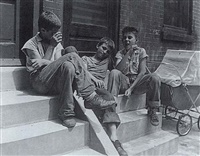
Urban children, circa 1959, photo by Edward Wallowitch
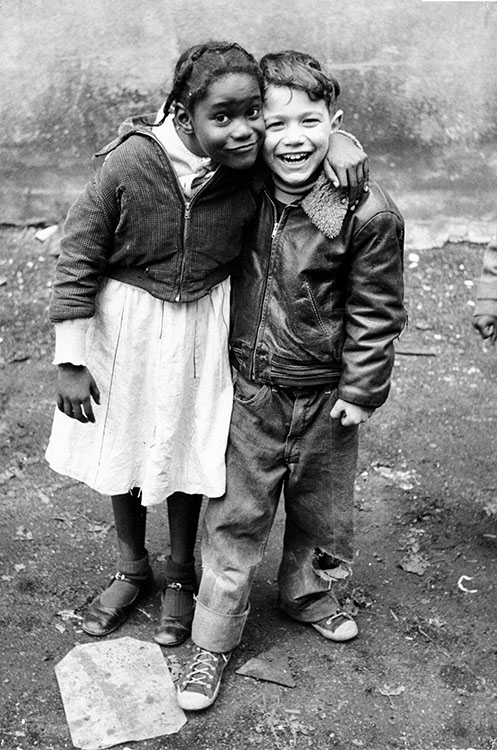
Photo by Edward Wallowitch, circa 1964
A large trove of Wallowitch photos, dating from 1953, exists in the Urban Archives of the Temple University Libraries. It would seem that Wallowitch was on assignment for the Housing Association of the Delaware Valley to document living conditions among the mostly poor black population of South Philly.
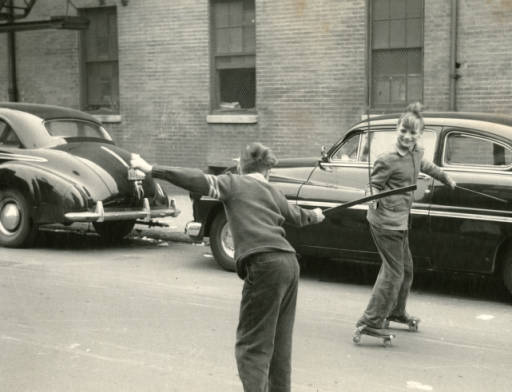
Roller skating on Lawrence Street (Philadelphia), 1953. Photo by Edward Wallowitch
These early photos taken in Philadelphia show that the twenty-year-old Wallowitch had a tender eye for both composition and texture. A number of them recall the work of Vivian Maier, especially the shot of two boys below, where we can see the photographer’s outline reflected in the glass.
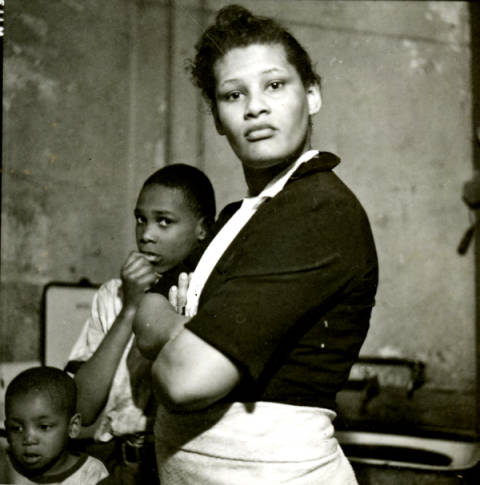
914 West Master Street, Philadelphia, Coleman family, 1954. Photo by Edward Wallowitch
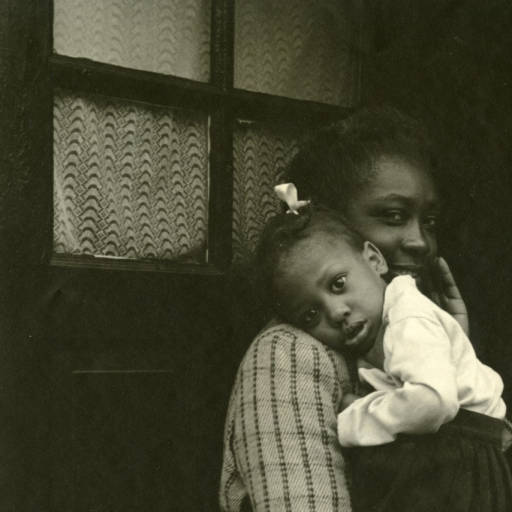
914 West Master Street, Philadelphia, Coleman family, 1954. Photo by Edward Wallowitch
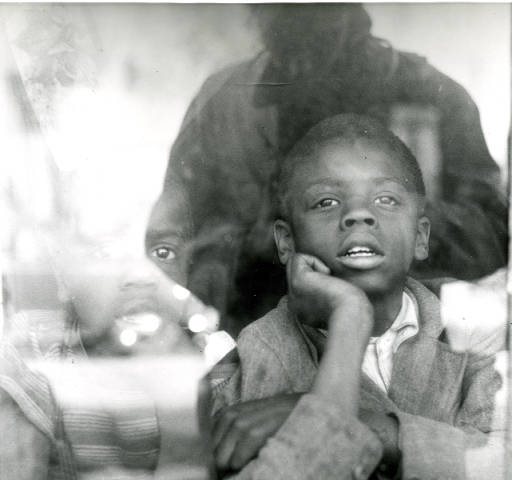
Unidentified boys, 1954. Photo by Edward Wallowitch
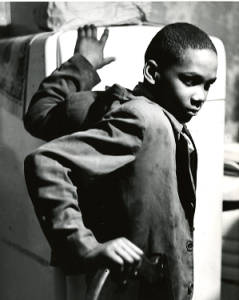
914 West Master Street, Philadelphia, Coleman family, 1954. Photo by Edward Wallowitch
As far back as 1958 he had suffered from an unspecified nervous problem which required treatment at an institution on Long Island. Perhaps it was the drink. His friend Andy Warhol, notoriously tight-fisted, wouldn’t help out with hospitalisation costs. In 1966 Wallowitch collaborated on a photo book about the Appalachian Mountains titled My Appalachia by the children’s writer Rebecca Caudill. He ‘retired’ south to Florida sometime in 1967 to concentrate on his work. The writer Connie Houser, wife of artist Jim Houser, reports that Wallowitch was a habitué of her husband’s studio.
Ed as a friend has been an artistic benefit. His New York City mores kept our small town studios aware of the big time. All the fashionable names in art have become very real to us through him. Andy Warhol’s factory-like silk screening mostly done by others from his designs…I’m sure all the rules seem backwater to Ed. It’s no wonder his shutter is popping all the time. Guess he earns a good living free-lancing and being his own boss.
Perhaps the frenzy of Warhol’s Factory had begun to get to him. Perhaps he felt Warhol’s noise was drowning out his own visual work. Certainly, as Daniel Blau has identified, a number of Warhol’s early 1950s drawings are based on Wallowitch street photographs.
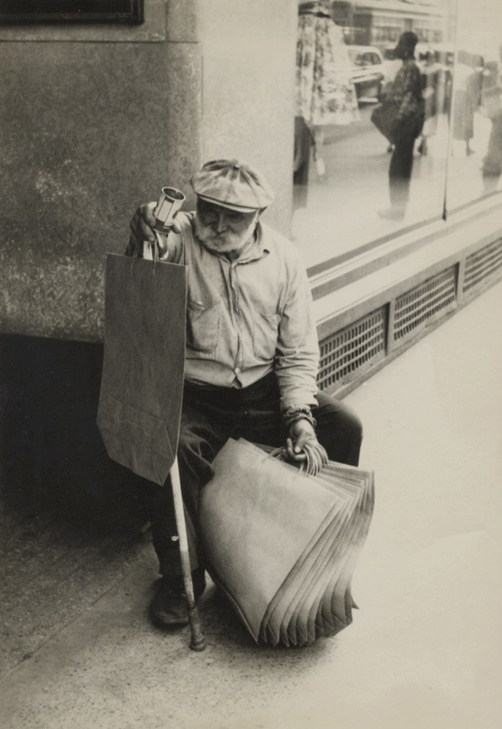
Portrait of a beggar on a street corner. Photo by Edward Wallowitch
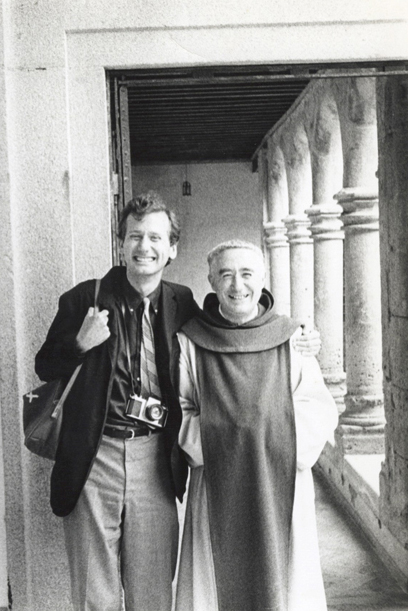
Edward Wallowitch with an unidentified priest, circa 1950s
The late set of portrait photos below is difficult to date. They document teenagers in Florida towards the end of Wallowitch’s life, but they may in fact have been taken earlier. Pencil marks range from 69 to 72. One print bears the inscription ‘Used in W handbook 1970-71’. All eleven photos in the set bear the photographer’s stamp. He was preparing a retrospective of his work when he died in Lake Worth in 1981 at the age of forty-eight, cause of death unknown.
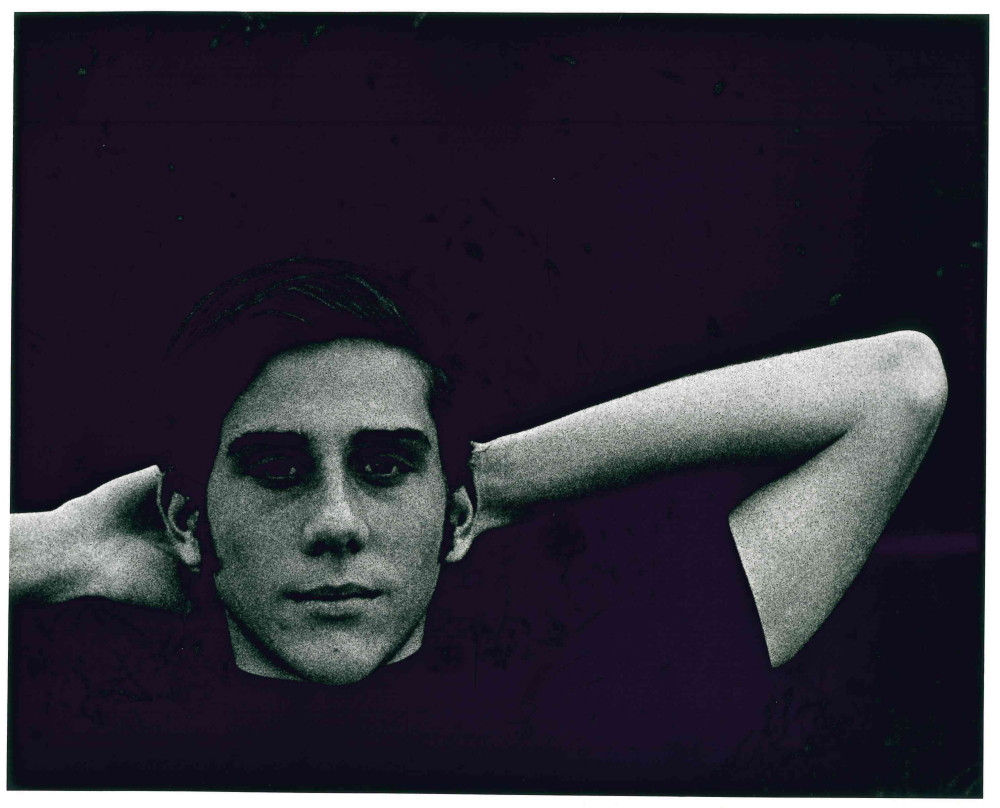
Teenager, photo by Edward Wallowitch, c. 1969-72
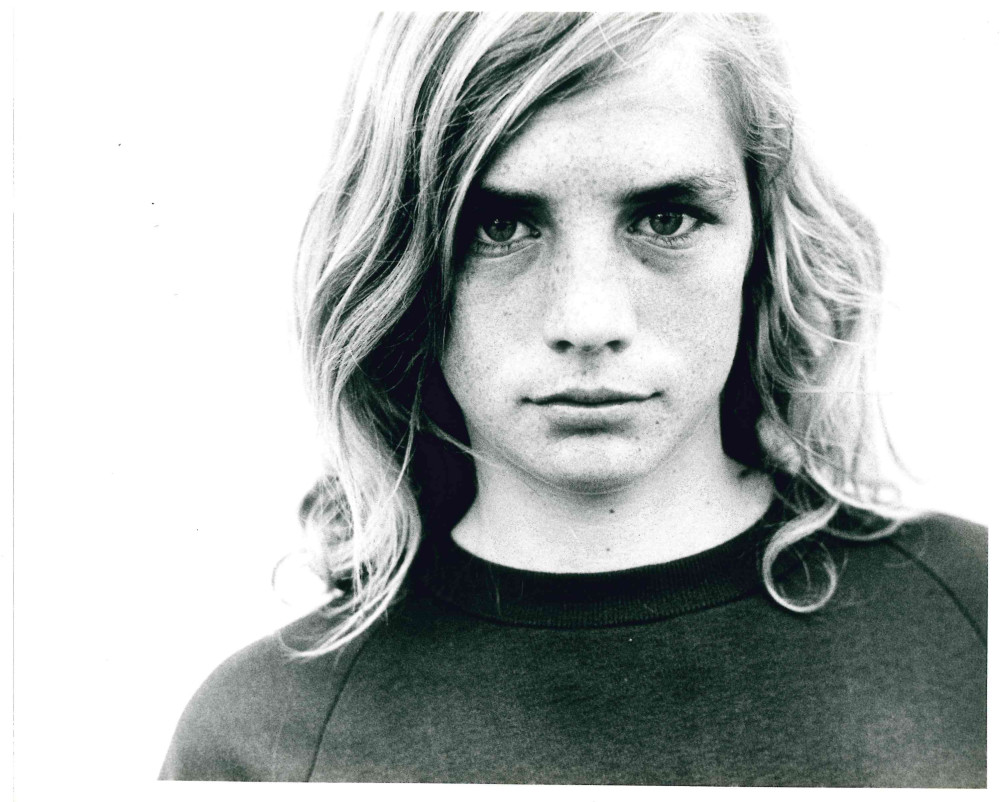
Teenager, photo by Edward Wallowitch, c. 1969-72
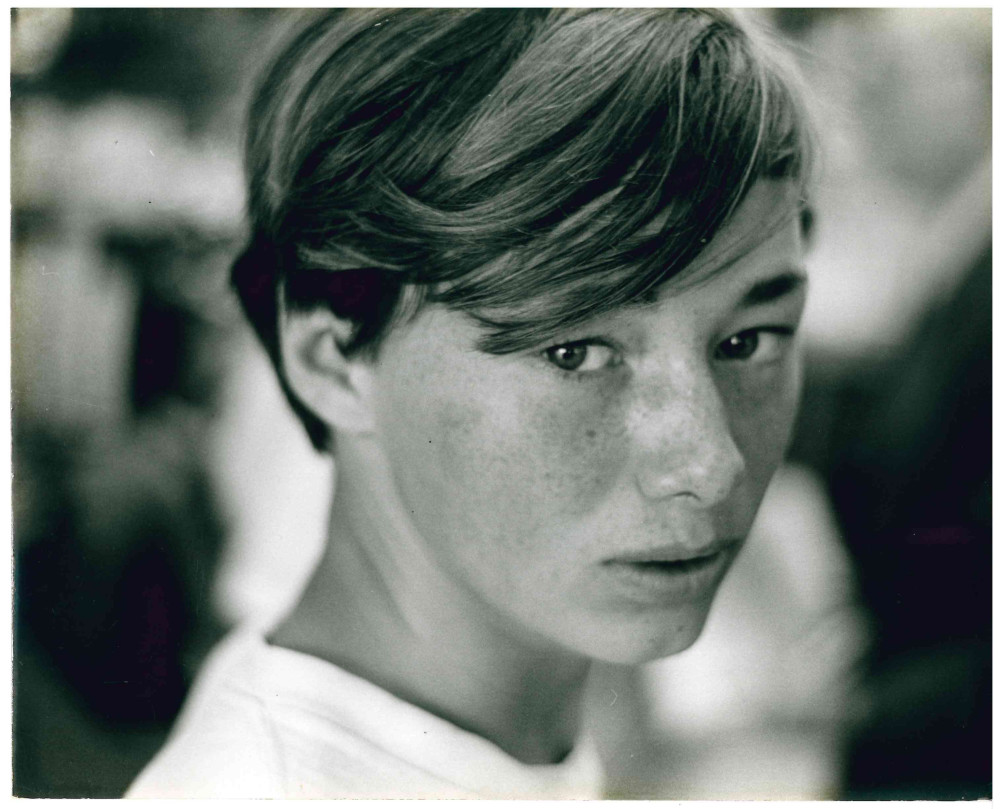
Teenager, photo by Edward Wallowitch, c. 1969-72
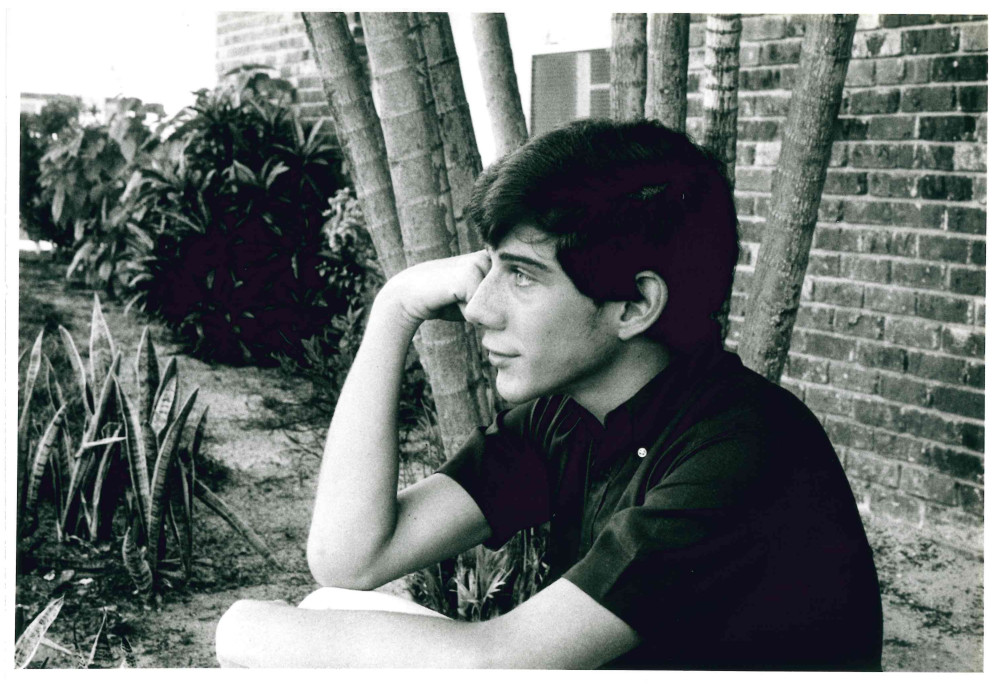
Teenager, photo by Edward Wallowitch, c. 1969-72
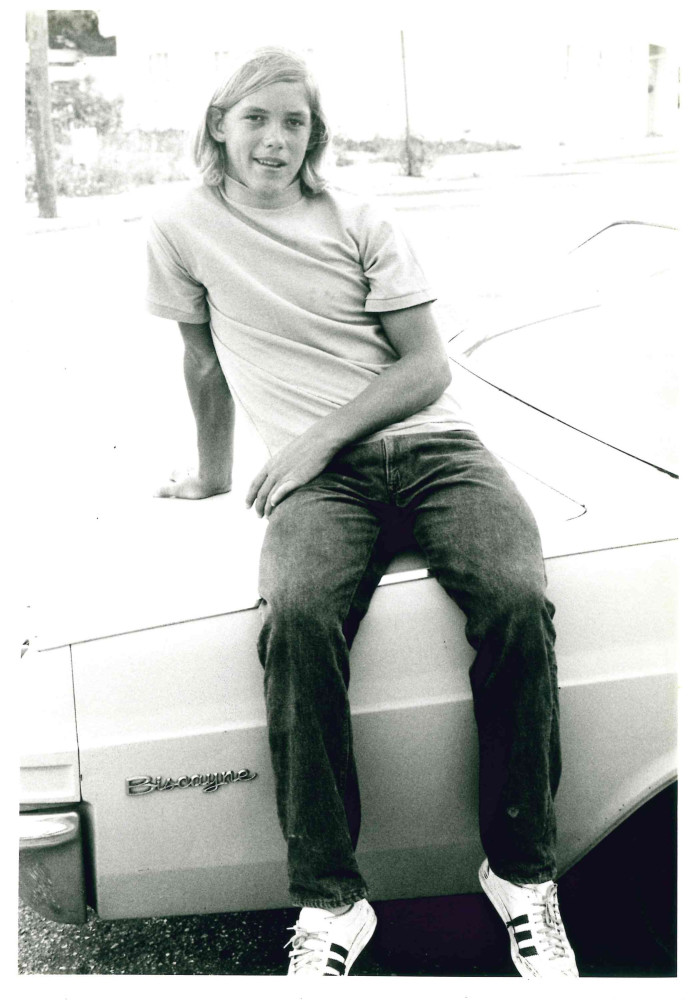
Teenager, photo by Edward Wallowitch, c. 1969-72
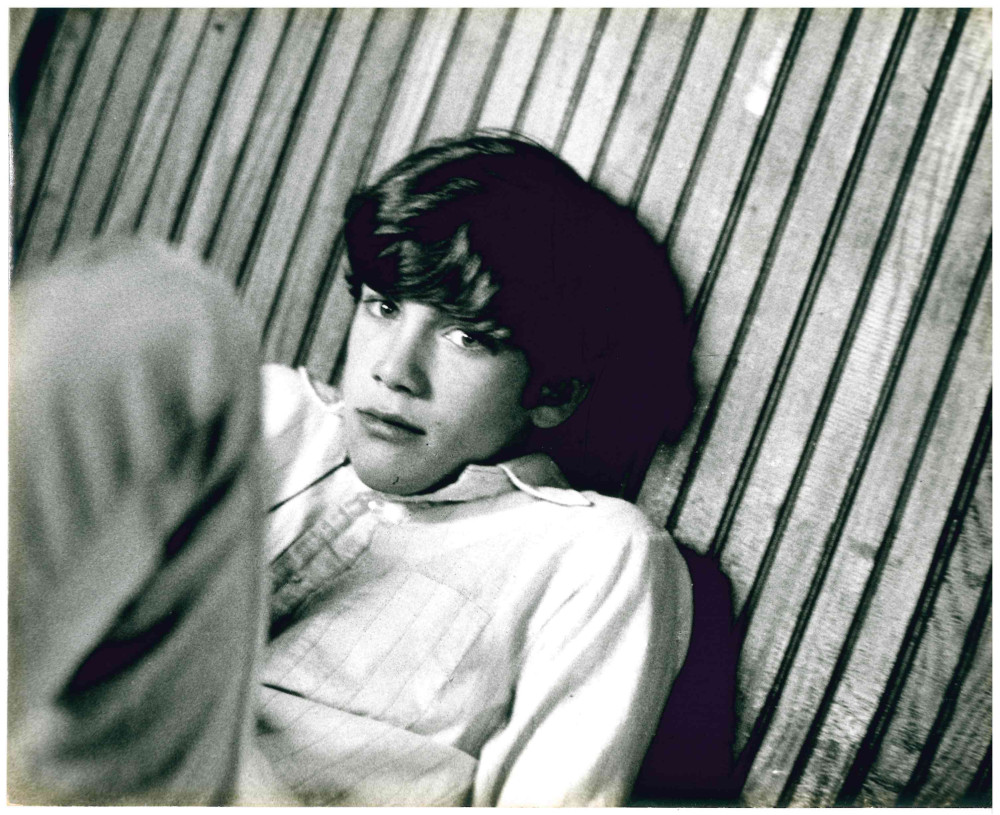
Teenager, photo by Edward Wallowitch, c. 1969-72
It is a pity Edward Wallowitch’s artistic career is drowned out by Andy Warhol’s louder and more publicity-minded one. At the very least the photographer deserves a monograph and some attempt to decently catalogue the fine work he did in his curtailed life.


